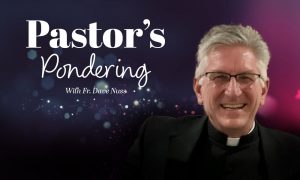PAPAL SUCCESSION
The death of a pope marks the ending of a leader’s reign and also signals the beginning of a sacred transition for the Catholic Church. From the solemn mourning period to the historic conclave, these traditions reflect the Church’s deep-rooted customs and continuity. The election of a new pope marks the start of a new season, interweaving tradition with the future of the Vatican and the global Catholic community.
- Mourning, Transition and the Election of a New Pope
After the official confirmation of death, the Church enters a nine-day mourning period, followed by the process of electing a new Bishop of Rome. This period is steeped in tradition and draws global attention.
- The Interregnum
The period between popes, known as the Interregnum, is a crucial time for the future of the Vatican. During this time, the College of Cardinals oversees the Church’s administration, but no significant decisions are made.
- The Conclave
The conclave, the process of electing a new pope, typically begins 2-3 weeks after the pope’s passing. It has been announced that the conclave will begin on May 7. Only cardinals under the age of 80 are eligible to vote. Although Pope Pius VI set the number of cardinal electors at 120, all 3 subsequent popes exceed this total which currently stands at 135 cardinals electors. Of this total, 108 have been appointed by Pope Francis.
Before voting, they take an oath of secrecy and are secluded in the Sistine Chapel, cut off from outside influences. Since 2005 [the election of Benedict XVI] a false floor is put into the Sistine Chapel to house electronic jamming devices.
The election requires multiple rounds of voting until a candidate receives a 2/3 majority. If no decision is reached after several rounds, a day of prayer and reflection is held before resuming the vote. Throughout this period, the world watches for smoke signals from the Sistine Chapel: black smoke indicates an inconclusive vote, while white smoke announces the election of a new pope.
- Papal Introduction to the Church and World
Once a pope is chosen, the dean of the College of Cardinals asks the elected candidate if he accepts the position and invites him to choose a papal name. The new pope is then introduced from the balcony overlooking St Peter’s Square, where the words “Habemus Papam” (We have a pope!) are first proclaimed, and then the new pope gives his first blessing to the crowd.
In a stunning and deeply moving moment, Pope Francis asked for the faithful gathering in St. Peter’s Square and everyone connecting through electronic media to pray for him before he imparted is inaugural papal blessing.

